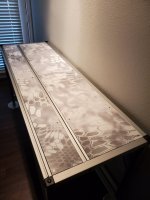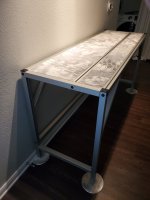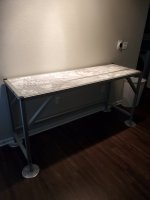New to reloading, and I need help about this subject. I have an AR-10 6.5cm I want to precise handload for, and I've read you want to use a small base die to size with. I think RCBS makes the only one, but it isn't a bushing die, at least I don't think so. You can correct me if I'm wrong, and that would answer my question. Assuming I'm right, how do you impose a desired neck tension when you go to seat the bullet, while utilizing a small base sizing die?
Last edited:




